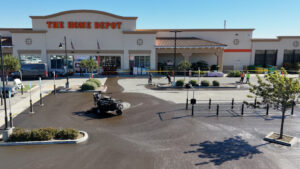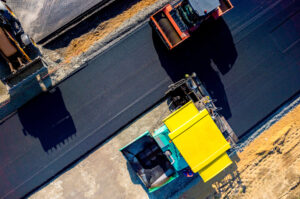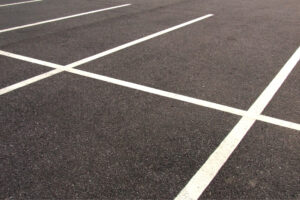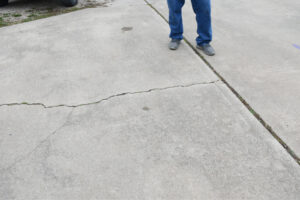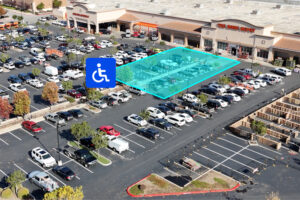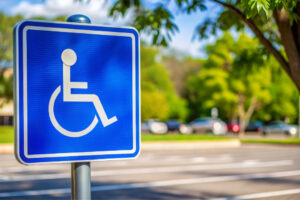See our work on social media:
The Greenest Mile:
How Charging Roads May Make Electric Cars More Efficient Than Ever
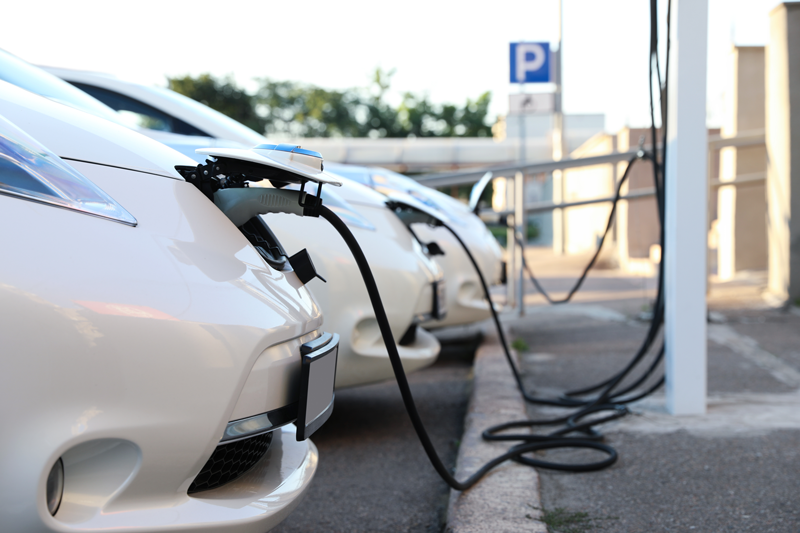
At Calvac Paving, we support technologies and construction methodologies that offer a more environmentally sound and sustainable way of creating the things we as human beings have come to rely on. From asphaltic concrete recycling to innovations such as self-healing concrete, we are always on the lookout for trends and techniques that change how we operate for a greener, healthier planet. This is why we are so excited about the possibility of roads that actually recharge electric cars as they drive! These specially designed roadways will reduce pollution, increase the performance and range of electric cars to unheard-of levels, and reduce or entirely eliminate the need for charging stations.
In the UK, this seeming science fiction is becoming science fact, as the government moves to experiment with charging roads. Operating on the same principle as a wireless phone charger, the roads will charge cars through magnetic induction resonance. Cables implanted in the material of the roadway generate a specialized electromagnetic field that the car can convert into usable energy. The roads will also include communications equipment attuned to the unique energy signature of an electric car, alerting the road that an electric vehicle is present and to initiate the power generation process. This will allow properly equipped electric vehicles to recharge on the go, without needing to stop for extended periods to recharge, one of the biggest stumbling blocks cited in the adoption of electric vehicles thus far.
The roads the UK are experimenting with will be restricted for the time being, ensuring that regular vehicles do not impede the testing process. The government is committing 500 million pounds, or roughly $779 million, to these experimental roads over a five-year span. This technology is already in use in South Korea, powering rail systems with ranges of up to 15 miles, and will be combined with an added initiative to provide charging stations every 20 miles in the UK. The combination of options for drivers will help eliminate so-called “range anxiety,” which one advocate described as a combination of running low on gas and having one’s cell phone be low on battery simultaneously.
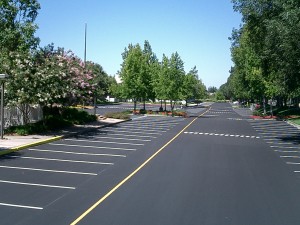
Magnetic induction resonance works in much the same way as a powerful operatic voice can shatter crystal. When the voice and the crystal reach a similar resonance, the molecules in the crystal begin to vibrate rapidly and cause it finally to break. Instead of shattering or rupturing the battery, however, the cables the charging roads utilize will create a harmonic resonance within the battery that allows it to transform the signal from the roadway into usable power.
Because many roadways contain metal in addition to the native subgrade, road base and asphalt in the form of rebar, wire-mesh matting and metallic joints between road sections, the cables can use this metal as a part of the transmission system for the power. The metal components of the electric car can be employed as a receiver, directing the transmitted energy to the battery without the driver needing to stop, handle any charging devices or worry about whether or not the car will make it to the next charging station.
Major car production companies such as Audi are leading the research into this technology, which they believe will relegate internal-combustion vehicles to the status of horse and buggy. By working together to create a standardized plug-in system for use in garages, parking structures and ultimately at-home use, these car manufacturers believe they can make charging stations easier to find and thus make electric cars more attractive. The idea of “switching stations,” where a person can simply replace a drained battery with a fresh one and continue on, and the increased range of electric cars to around 250-300 miles per full charge depending on the type of car and battery size, will help expedite this process.
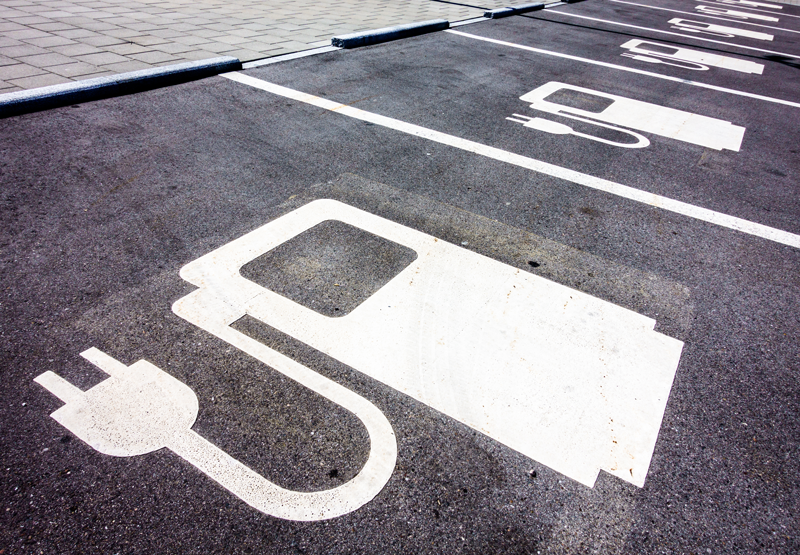
While paved roads are still very much a part of the future landscape, what drives over those roads and what lies beneath them may soon play a more crucial role than ever in our environmental integrity and ability to move people and cargo. Calvac Paving will be watching the trials in the UK with a great deal of interest because we want to see if this technology truly is feasible and what the implications will be for the paving industry. If everything pans out as the equations and scientists claim, this could be a major breakthrough and a huge tectonic shift in how things are designed in both construction and automotive industries, as well as manufacturing and transportation as a whole. We think that’s a pretty big win, and look forward to this technology here at home!
Company
Services
Contact us
© 2025 All Rights Reserved.

